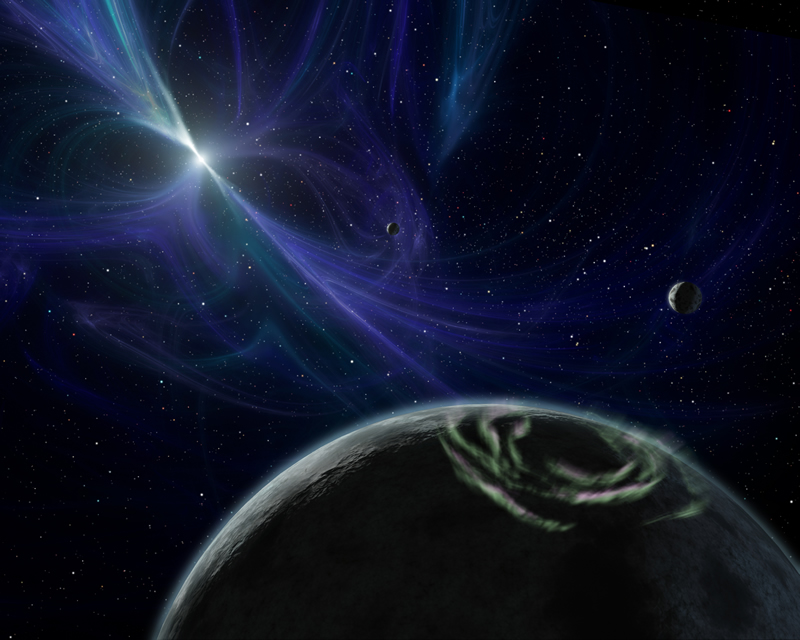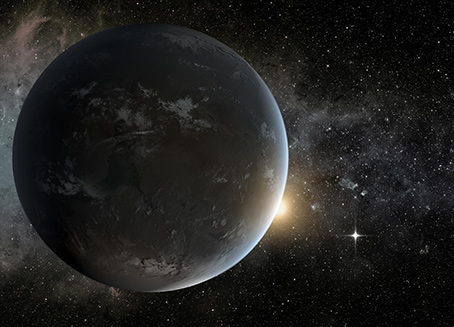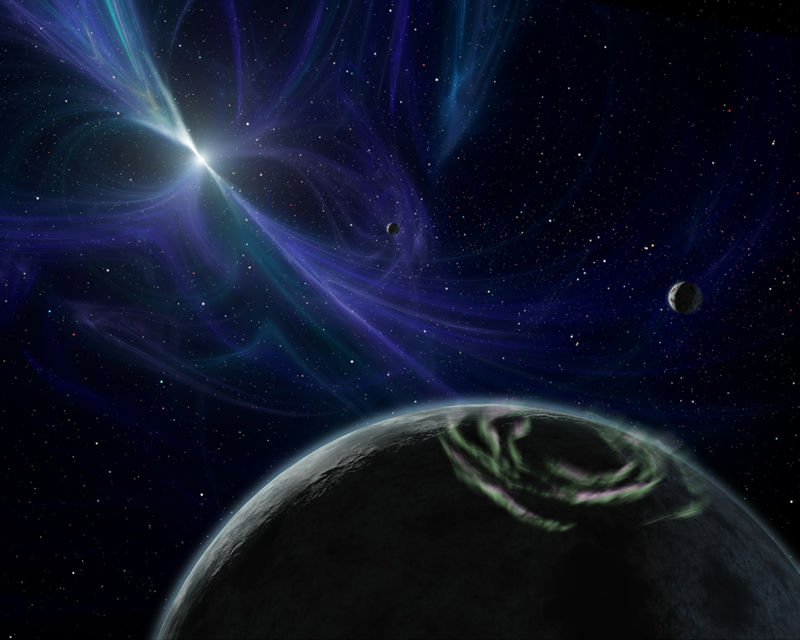
How The James Webb Space Telescope Will Observe Distant Planets
When talking about the James Webb Space Telescope, the fact that the telescope is infrared is often brought up. This is important as it means a long list of things related to what and how it will observe different parts of the universe. Infrared light is most often mentioned relating to observing stars and distant galaxies emitting light. However, Webb is expected to reveal a lot about planets as well.
The James Webb Space Telescope will not only observe stars and galaxies but many different planets also. Webb will explore different exoplanets and celestial bodies with unique processes such as spectroscopy, transit method, and more. This will help us learn about the different planets around us and even planets that could be habitable. All of which is very interesting and important information.
The Universe is massive and presents practically endless places to observe and record information. Webb is expected to have its plate full with different options and tests. With the telescope getting closer and closer each day to L2, it will soon start observing different parts of the universe. This not only includes some of the earliest stars and galaxies but planets as well.
JWST & Planets

For a very long time now we have been observing and finding different types of planets through our solar system, galaxy, and the universe. This process helps us learn more about the planet we live on and works towards finding a planet similar to Earth that could possibly support life. In addition to studying planets outside our solar system, scientists want to learn more about our own home. Webb complements NASA’s other solar system mission, including those observatories on the ground, orbiting Earth, and in deep space. Data of different wavelengths and from different sources can help us build a broader, fuller picture of the objects in our solar system. This especially is the case with the help of Webb’s unprecedented improvements in sensitivity and resolution. The first solar system found outside our own did not involve a main-sequence star like our own, but a pulsar. Since then we have found thousands of exoplanets and we continue to narrow in on smaller and more earth-like planets. One of the main uses of the James Webb Space Telescope will be to study the atmospheres of exoplanets. This works towards the greater goal of finding the building blocks of life elsewhere in the universe. However, this can bring up the question of how Webb, an infrared telescope, will find and study exoplanets?
How Will Webb Observe Planets?

Spectroscopy – The first method Webb is expected to use to find different planets throughout the universe has to do with the intensity of light. Spectroscopy is simply the science of measuring the intensity of light at different wavelengths. The graphical representations of these measurements are called spectra, and they are the key to unlocking the composition of exoplanet atmospheres. When a planet passes in front of a star, the starlight passes through the planet’s atmosphere. If, for example, the planet has sodium in its atmosphere, the spectrum of the star, added to that of the planet, will have what we call an “absorption line” in the place in the spectra where would expect to see sodium.
The presence of sodium in Hot Jupiter exoplanet is measured by studying its spectrum. This is because different elements and molecules absorb light at characteristic energies. This same reason is how we know wherein a spectrum we might expect to see the signature of sodium or methane or water if it is present. The James Webb Space Telescope is key to characterizing the atmospheres of these different exoplanets. The benefit of making infrared observations is that it is at infrared wavelengths that molecules in the atmospheres of exoplanets have the largest number of spectral features. This helps in the ultimate goal of looking at different planets, which is finding a planet with a similar atmosphere to that of Earth.
Transit Method – Another method the JWST will use to find and study distant exoplanets revolves around looking for light when in transition. The transit method means Webb will look for dimming of the light from a star as its planet passes between us and the star. This is what astronomers call a transit. Collaboration with a ground-based telescope can help us measure the mass of the planets, via the radial velocity technique. This involves measuring the stellar wobble produced by the gravitational tug of a planet. At this point, Webb can then do spectroscopy of the planet’s atmosphere and learn more. This points out the importance of different resources agencies such as NASA have. The James Webb Space Telescope will work to find these distant planets and then work together with other ground telescopes to learn more about these planets. In addition to this, Webb will also carry coronagraphs to enable direct imaging of exoplanets near bright stars. The image of an exoplanet would just be a spot, not a grand panorama, but by studying that specific spot, we can learn a lot about it. This includes the differences between winter and summer, its color, vegetation, weather, and rotation.
Exoplanets – The first planet outside our solar system was discovered in 1992. Since then, scientists have discovered a multitude of planets around other stars. This has worked towards the realization that planets are in fact quite common. The ultimate objective of the search is to find planets orbiting in the habitable zone of their star, where it is possible for liquid water and perhaps even life to exist. To trace the origins of the Earth and life in the Universe, scientists need to study planet formation and evolution, including the material around stars where planets form. One key issue is to understand how the building blocks of planets are assembled.
Scientists do not know if all planets in a planetary system form in place or travel inwards after forming in the outer reaches of the system. It is also not known how planets reach their ultimate orbits, or how large planets affect the smaller ones in solar systems like our own. The icy bodies and dust in the outer reaches of our Solar System are evidence of conditions when our Solar System was very young. Scientists can directly compare those conditions to the objects and dust observed around other stars. The sensitive instruments on the James Webb Space Telescope will be able to obtain infrared images of giant planets and planetary systems and characterize their ages and masses by measuring their spectra. Webb will also be able to measure spectra of the disks around other stars to determine the constituents of such disks that give rise to planetary systems.
Conclusion
Even though the James Webb Space Telescope observes mainly infrared light, it’s still expected to find and observe very distant exoplanets that we have never seen before. This works towards the bigger goal of finding Earth-like planets that could be habitable. Some of the ways Webb will observe these planets is by using unique methods including spectroscopy and the transit method. Both of which can provide very accurate a powerful data thanks to the complexity and accuracy of Webb. With the JWST well on its way to L2, we will have to continue waiting and hope for its success. Not too long from now, it could be capturing images of not only early stars but exoplanets as well.
